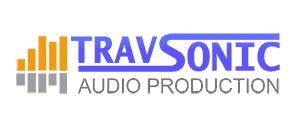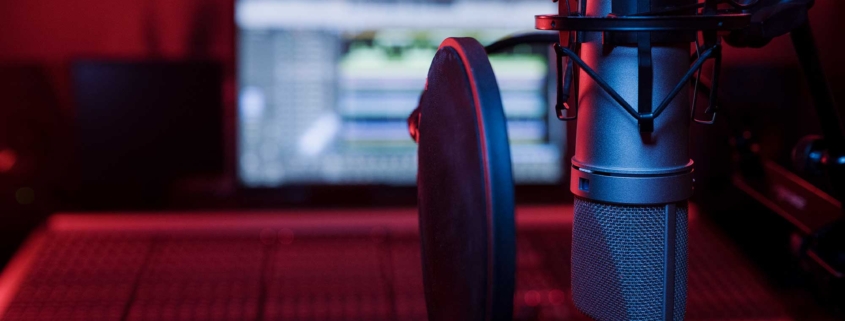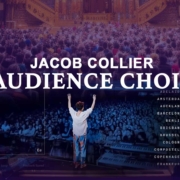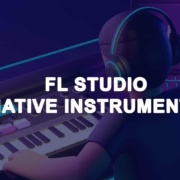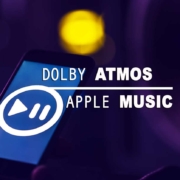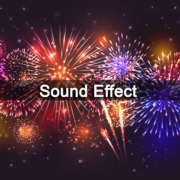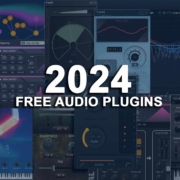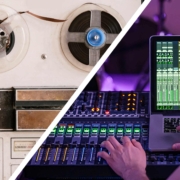Automated Dialogue Replacement (ADR) and How It’s Used
What is Automated Dialogue Replacement?
Automated Dialogue Replacement, or ADR for short, is the process of replacing the original dialogue in a video or film with new dialogue to match. This technique can be used for many reasons, such as fixing poorly recorded audio, replacing an actor’s voice with a more famous star’s voice, or changing the language of the dialogue.
The ADR technique has been around since the 1920s, but it has become more popular in recent years due to the rise of technology. The process is used to replace lines that are poorly recorded onsite during film production. The originally recorded lines might be too quiet to be heard on camera, have extensive background noise, or have other common sound-related recording issues.
ADR is done during the post-production stage of a film by recording new dialogue over the original audio track. The process of ADR is usually recorded in a recording studio with an actor or actress watching the completed footage on a monitor while they speak their lines to match lip movements. This is called a “looping” session.
What is a voice looping session?
A voice looping session is a process of recording your voice, then repeating it again and again to form the desired sentence. This helps with punctuation, word spacing, and emphasis. This also gives the audio engineer many takes to choose from to make a final ADR comp for the film.
Why would dialogue need to be re-recorded?
Dialogue is a crucial aspect of any film. It conveys the story and tells the audience what they should be paying attention to make sense of the narrative. Dialogue needs to sound natural and convincing, but sometimes the sound quality may be poor or the actor’s voice may not match their character, or for any number of reasons.
The production sound mixer is responsible for recording dialogue during filming. They set up microphones in the right place and record the sound, whether it is dialogue or ambient noise. Then they mix all the different sounds to achieve a cohesive audio track that can match the filmmaker’s vision. In some cases, the sound environment can not be controlled and is not suitable for the final production.
There are many techniques to remedy poor sound quality such as doing noise reduction, re-recording, mixing sound effects with dialogue, and more. In short, it’s best to use a variety of techniques to make the dialogue as clear as possible for the audience.
How is the original and newly recorded dialogue edited to match?
The newly recorded dialogue is edited and processed to match the tone and synchronization of the film footage. For example, unwanted sounds or background noise can be removed, a voice can be made to appear closer or farther away, and the tempo and tone can be sped up or slowed down.
One technique that is used to align ADR to the original dialogue recording is to use an audio plugin such as VocAlign. This procedure is used to align ADR to the original dialogue recording to match the actor’s lips and mouth movements onscreen. It offers a lot of flexibility. VocAlign allows you to shift the timing of each voice so that they are in sync with one another.
How is the tone of ADR processed to match the original recording?
At times only a section or specific actor needs to have the dialogue re-recorded using ADR. This will have the studio recording sound different than the other on location lines. For example, the original dialogue recording might have room echo in the room that needs to be emulated in post-production. This is when convolution reverb comes into play.
Using Convolution Reverbs in Post
Convolution reverb is the process of modifying a sound with an impulse response from another sound source. Convolution reverbs produce a wide variety of sounds and can be used to create everything from dark ambiance in horror films to the echo of a cathedral, or a simple as small room. This makes it possible to process the newly recorded ADR to match the tone of the room or environment in a film.
Altiverb is a plug-in with more than 500 room, hall, church, arena, etc. presets to give your music depth and space.
